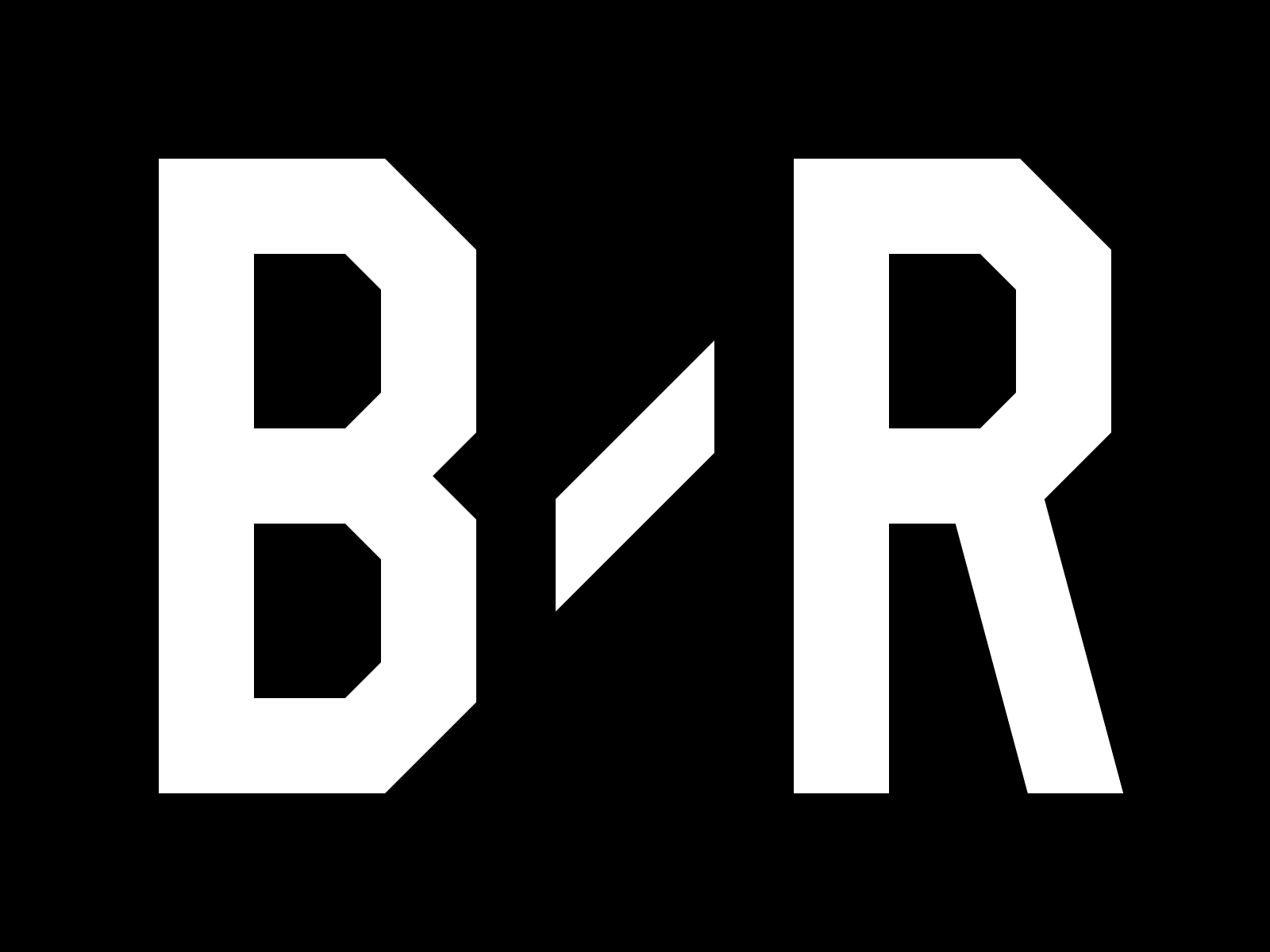July 7, 1996, was a watershed mark in pro wrestling history.
On that night, in front of a shocked and stunned crowd, Hulk Hogan underwent a heel turn that changed the fortune of WCW and the sports-entertainment industry as a whole. With Kevin Nash and Scott Hall, Hogan formed the New World Order, a faction that would go on to dominate the business. Twenty-five years later, nWo remains as popular and iconic as it was at its height in the mid-to-late 1990s.
Why do fans still gleefully promote the nWo logo and rewatch the faction's antics on Peacock?
Here are five key reasons.
Realism and Unpredictability
When fans tuned into WCW Monday Nitro during the height of the New World Order, they never really knew what they were going to get. Renegade invaders portrayed as WWE operatives sent to destroy the company, the nWo would often come from out of nowhere to attack the WCW's top and brightest stars.
Its members were brutal and came across as authentic in a way much of the professional wrestling product at the time did not. The faction was easy to invest in because it blurred the line between reality and fiction. It felt real, something WCW president Eric Bischoff has repeatedly touted across different platforms as key to the faction's effectiveness and success.
Who will ever forget Kevin Nash and Scott Hall stalking prey around the backlot of Universal Studios, beating down Arn Anderson and throwing Rey Mysterio head-first into a production truck like a lawn dart?
The unpredictability and uncertainty of what was to come next kept fans glued to television screens every Monday night. Considering the monotonous predictability of pro wrestling shows in the decades that followed, it is no real surprise that fans long for (and celebrate) a faction that was anything but.
Hulk Hogan's Heel Turn
Never underestimate the power of the moment that officially formed the New World Order.
The Hulkster stomping toward the ring, ready to combat ruthless invaders Scott Hall and Kevin Nash, only to betray longtime friend "Macho Man" Randy Savage with his signature leg drop, is one of the most unforgettable moments in pro wrestling history.
The post-match promo, with trash sailing through the air in his direction, is equally as great. Hogan, disenfranchised by the very fans who were now disgusted by his actions, lashed out at them for betraying him first. He cited their waning interest in his core values and demanded they "stick it!"
For a generation of fans raised on saying your prayers, taking your vitamins and hitting the gym, the idea of Hogan turning his back on them was unfathomable, making it an even greater and more effective moment.
That angle was absolutely key to the success of the nWo, to the extent that without it, it would not have packed the punch it ultimately did, nor would nWo have remained such an enduring faction to this day.
Star Power
Had the nWo been a collection of midcarders with no real connection to the audience, it would have died a miserable death right out of the gate.
The faction worked, and it remains such a towering entity in wrestling to this day because it was made up of elite stars. At least early on.
Kevin Nash and Scott Hall were defectors from WWE, invading WCW with a sole purpose: tear the company down from within. Hulk Hogan was the biggest star the industry had ever seen and the recognizable force it needed to really grab the attention of the masses. Then there was the inclusion of former world champion The Giant, financial benefactor "Million Dollar Man" Ted DiBiase and Sean "Sixx" Waltman.
That core made up the foundation of the group, creating an identity of exclusivity. Of course, over time, that idea was watered down, but the fact that the core three remained integral parts of the faction helped keep it over with audiences and, more importantly, endeared it to future audiences that recognized those stars and their contributions to the overall health of the industry.
Nostalgia
Nostalgia is a major part of pop culture. It is the reason stores like Hot Topic and FYE launch Nickelodeon throwback merchandise, and why film and television companies are so quick to reboot shows and films of yesteryear that retain even a little bit of popularity in the 21st century.
Pro wrestling is no different. There is a demand from fans for retro merchandise, documentaries about key figures, old-school apparel, action figures and everything in between.
The nWo is a major contributing force, with T-shirts featuring the iconic logo still major sellers for WWE. The company even launched a new collection of merch featuring the faction and its stars to help commemorate the 25th anniversary of its inception.
On a recent episode of the 83 Weeks with Eric Bischoff podcast, Scott Hall revealed he still makes six figures on merchandise royalties alone, driving home how high of a demand there is from the audience to relive the glory days of its fandom.
And that is all a testament to the effectiveness of the angles, the commitment from the stars involved, and the connection between performers and audience.
The "Cool" Factor
At a time when wrestling was full of plumbers, dentists, garbage men and race car drivers, the nWo came along and was a punch in the gut to an industry that needed it. Hogan, Hall, Nash and Co. were cool and edgy. They were not the Saturday morning cartoon characters that dominated the competing WWE's mind-numbing product, and it set them apart.
Fans in the important 18-35 demographic could embrace the more grown-up product, appreciating that it represented what they wanted from an industry they love.
That it was cool made it a lot easier for that acceptance, especially from those disenfranchised by a business that had become stuck in the past.
Much of that can be attributed to Bischoff's vision for the faction and Nash and Hall's recognition of pop culture and what was popular at the time.
Fans ate it up and continue to because, as is typically the case, history has repeated itself with a WWE product that is far from cool or trendy.








Read 0 Comments
Download the app for comments Get the B/R app to join the conversation